Fernando Leon-Garcia has had to scale geographic barriers, language barriers and cultural barriers his entire life.
“I’m Chinese, Mexican-American, naturalized U.S. [citizen.] I navigate on both sides of the border and the world,” he said.
Leon-Garcia is the president of Centro de Enseñanza Técnica y Superior (CETYS), a three-campus Tijuana-area university. On a recent Monday, he made the five-hour drive north to the University of La Verne in eastern L.A. County with 14 of his college students. They’re enrolled with 12 University of La Verne students in a class titled “Leadership and Culture: Building Bridges.”
The goal of the class is to teach students the skills they’ll need to overcome cultural barriers and bring to fruition projects for multinational companies and public agencies.
When they began planning the class more than a year ago, administrators didn’t predict that the first classes would take place amid such a tense political environment as that which is currently enveloping the U.S. and Mexico now.
The way in which instructors have used those tensions as a teachable moment could serve as a model for other classes that seek to demonstrate that engagement – not cutting off communication – is the answer to improving relations between people and countries.
“When we asked students, why did they take this class, they all said it’s because they really wanted to understand each other better,” said Beatriz Gonzalez, a University of La Verne vice provost and one of the class instructors. “There’s so much angry rhetoric and divisive rhetoric right now, that they were really interested in having an experience where that was not a part of it and [instead] understanding was the goal.”
This is one of two classes during the semester in which students will drive to the other’s campus. All other classes are aided by video conferencing.
Second year University of La Verne student Kimberley Gonzalez is currently studying philosophy and intends to either go to law school or pursue business administration. She said that talking to the college students from Mexico is helping her work on her interpersonal skills.
“I think it’s really ironic and funny that we have all these amazing people from CETYS when Trump is trying to keep all these people away,» she said. «He has such the wrong idea of how they are and who they are as people.»
A dinner before the class provided an opportunity for students to act as cultural ambassadors of sorts.
University of La Verne student Mahala Baker sat next to CETYS international business student Karla Martinez, teaching her about Black History Month.
“That’s something I’ve heard about in social media,» Martinez said. «But hearing it directly from her is being more in contact with the context.”
As students finished their meals, University of La Verne President Devorah Lieberman, one of the class instructors, began a lecture about the power of biased language to stop cooperation in its tracks.
“And you’re going to be shocked at the things that you think are true but they’re only truth because that’s what you’ve been taught and that’s the way your world has been shaped around you,” she said.
The three-hour class ended with a classic exercise in teamwork, the Marshmallow Challenge. Teams of four or five people are given the same items: 20 pieces of dry spaghetti, long pieces of tape and string, and a marshmallow. The winning team is the one that builds the tallest structure under the time limit. There’s a catch, the puffy marshmallow has to at the top of the tower.
The exercise is about managing each team member’s creativity, not about an individual finding a way to end up on top.
“I think we all were very proactive, there wasn’t much discussion,» said University of La Verne biology major Natalie Marquez, who helped build the winning marshmallow tower. «I think we immediately made a connection, we all started contributing different parts of the structure.”
Teammate Pablo Naufal said he knew that his mechanical engineering training didn’t necessarily mean that he would be the leader.
“We all had different ideas but [Marquez] had a really good proposal, so we all started working together and we created this,” he said.
So for three hours this group of college students from two nations found a way to set aside differences and work together.

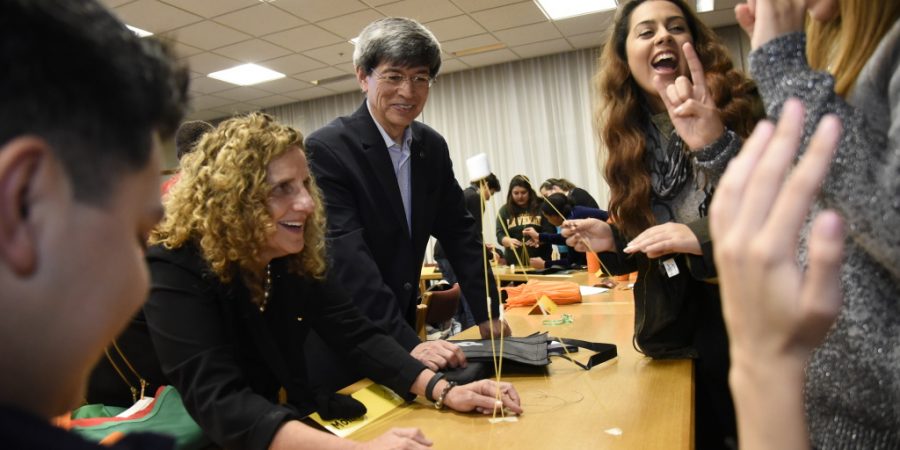

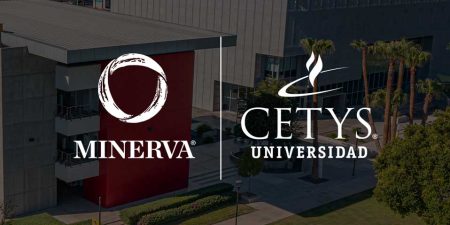
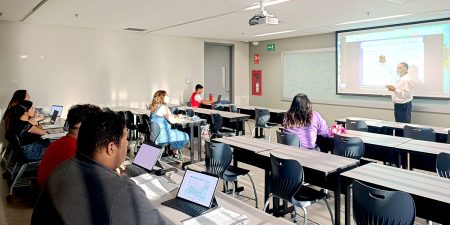
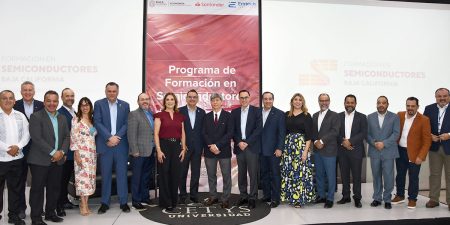

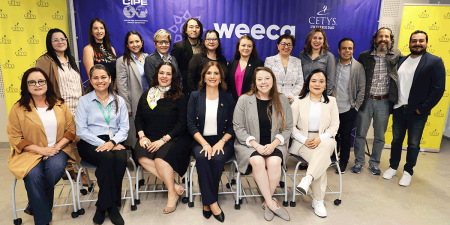
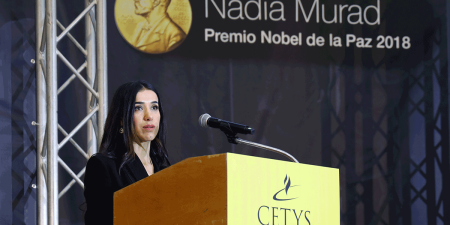
Leave your comment